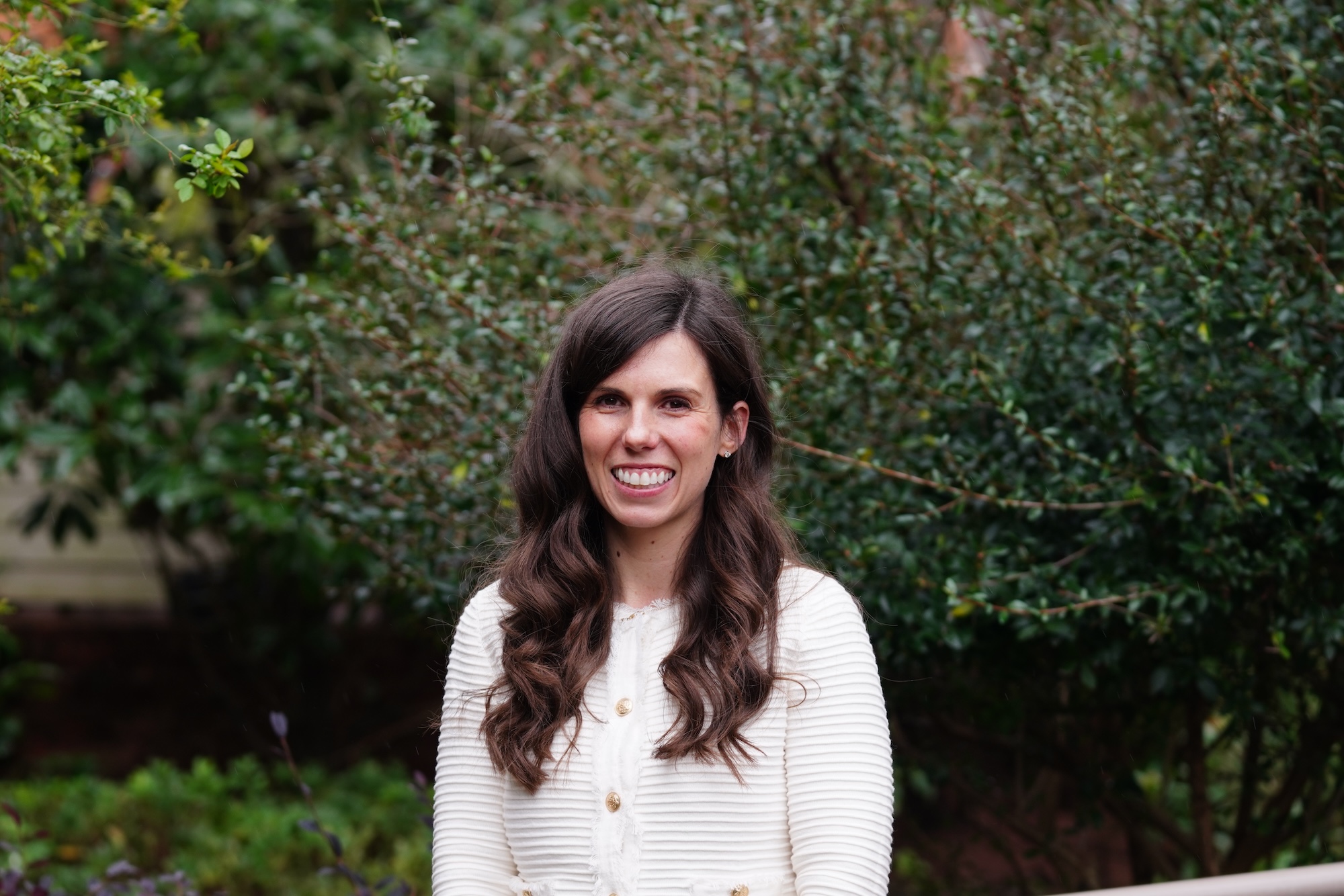
Adults who have overcome childhood cancer experience a 58% increased risk of severe complications from COVID-19, even years after their initial diagnosis, as per a detailed study monitoring over 13,000 survivors in Denmark and Sweden. The findings indicate that although these individuals were initially less prone to contracting COVID-19, their outcomes were considerably worse when they did become infected.
These results question the common beliefs regarding the health of long-term cancer survivors and underscore the persistent vulnerabilities created by childhood therapies. Despite achieving higher vaccination rates compared to the general population, survivors of childhood cancer required hospitalization, intensive care, or succumbed to COVID-19 at significantly elevated rates.
## Long-Term Health Effects
“It is crucial to recognize that even though these individuals were not infected as frequently, the consequences were more severe when they did get sick,” stated Javier Louro, postdoctoral researcher at Karolinska Institutet and lead author of the study.
Published in The Lancet Regional Health – Europe, the research monitored survivors for three years from January 2020 to December 2022. The study group consisted of individuals diagnosed with cancer prior to turning 20 and who were at least 20 when the pandemic started, with an average age of approximately 41.
Researchers compared the survivors with both randomly chosen individuals from the general population and their own siblings, creating strong control groups that considered both broader population trends and specific family-related factors.
## Waves of the Pandemic Uncovered Vulnerability
The increased risk became particularly clear during times of extensive viral spread. Although initial disparities were minor, as new variants like Alpha and Omicron emerged, the difference in severe outcomes expanded significantly between survivors and comparison groups.
Notable findings from the study include:
– Survivors aged 50 and above faced an 85% higher risk of severe COVID-19
– Individuals diagnosed with cancer at age 15 or older encountered more than double the risk
– Survivors of solid tumors had a 63% higher risk compared to the general population
– The differences in risk were most marked from July 2021 onward, with survivors exhibiting 2.35 times greater severe COVID-19 risk
## Variations Between Countries Highlight Policy Influence
A comparison of Denmark and Sweden offered distinct perspectives on how pandemic management practices impacted vulnerable groups. Sweden’s more lenient tactics—favoring recommendations over strict mandates—aligned with consistently higher risk ratios for survivors compared to Denmark’s tougher early restrictions.
Nevertheless, both nations ultimately reported similar cumulative rates of severe COVID-19 among survivors by the conclusion of the study, indicating that the measures taken during the pandemic may have affected timing rather than overall outcomes.
The research employed comprehensive health registries from Nordic countries, which provide nearly complete population data with minimal attrition. This registry-based methodology mitigated typical biases linked to self-reported data or selective involvement.
## Clinical Significance for Future Readiness
“Our findings imply that childhood cancer survivors ought to be recognized as a risk group in upcoming pandemics or health emergencies,” Louro remarked. “This may mean prioritizing their vaccination or providing additional protection during high transmission periods.”
The implications extend beyond COVID-19, affecting seasonal flu and various infectious diseases. The study authors stress that the vulnerability persists long after cancer treatment, indicating that the immune systems of survivors may remain compromised over the long term.
Interestingly, survivors exhibited more cautious behavior during the pandemic, with lower overall infection rates even as they were more susceptible to severe outcomes upon infection. This suggests that their awareness of risk and protective behaviors might have played a role in reducing exposure.
As the population of childhood cancer survivors continues to increase due to enhanced therapies, with five-year survival rates surpassing 85% in affluent nations, this expanding survivor population is a significant factor for public health planning and emergency preparedness.
The study received support from Danish and Swedish childhood cancer organizations and research councils, reflecting the collaborative Nordic effort to understand long-term health outcomes in cancer survivors.
There’s no paywall here. If our reporting has informed or inspired you, please consider making a donation. Every contribution, no matter the size, empowers us to continue delivering accurate, engaging, and trustworthy science and medical news. Independent journalism requires time, effort, and resources—your support ensures we can keep uncovering the stories that matter most to you. Join us in making knowledge accessible and impactful. Thank you for standing with us!